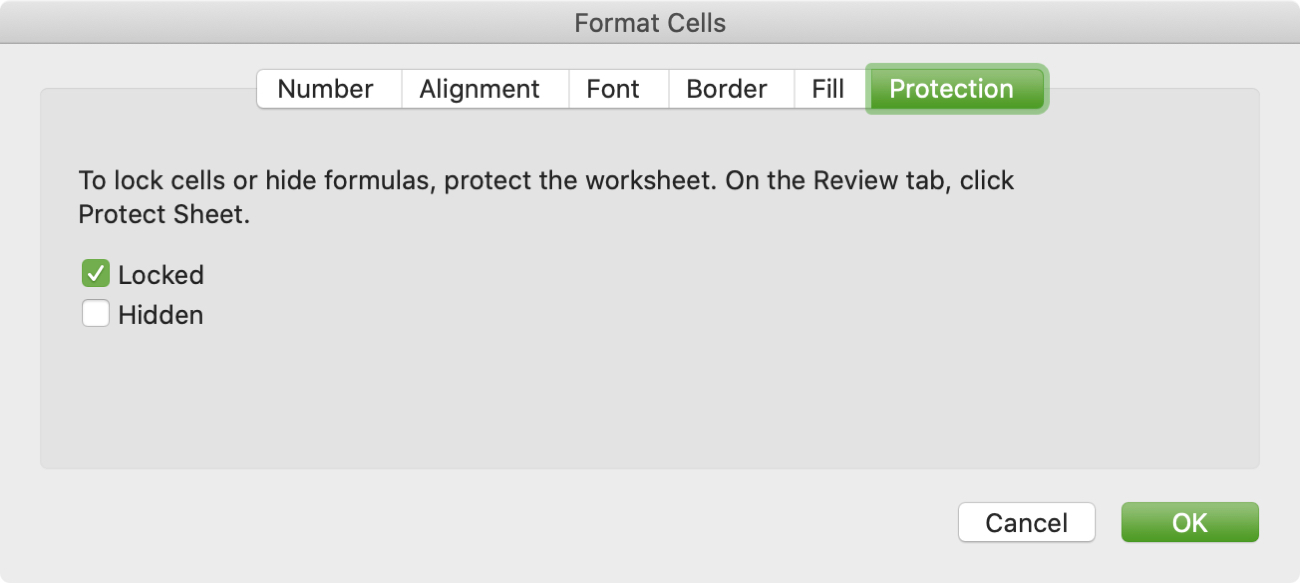

You should know, however, that Excel’s worksheet protection isn’t designed to stop a determined attack. Once this occurs, users cannot edit, format, or otherwise change cells you keep locked.


The reason that you can still edit them is that you must protect a spreadsheet or worksheet with a password before the behavior kicks in. It may surprise you to hear that cells in Excel are usually locked by default. No matter how proficient you are with the software, it’s easy enough for you or a pet to lean on a key and break your formulas. Locking them means that if anybody has any last-minute additions or corrections, they go through the proper channels to add them.Įven if you aren’t sharing a spreadsheet, learning how to lock specific cells in Excel can save you a lot of trouble. In such a case, the need for those numbers to stay accurate and accountable is important. Often, you’ll be sharing your spreadsheet not for collaboration, but to provide other departments or shareholders with the statistics they need. We joke about clumsy colleagues breaking spreadsheets, but there are several reasons locking an Excel spreadsheet is a good idea. Locking cells in Excel – why you should do it We’re going to show you how to lock cells in Excel so that you can stop a single keypress from ruining your day. Unfortunately, whether by accident or malice, formula and numerical cells often end up edited beyond repair and headers somehow come back in Comic Sans. Throwing a lot of work into a shared Excel sheet can be rewarding, which is why it’s even more soul-crushing to wake up one day to find it destroyed. 5 Extra: How to Password Protect a Folder on Windows.4 Extra: How to Password Protect Excel Files.


 0 kommentar(er)
0 kommentar(er)
